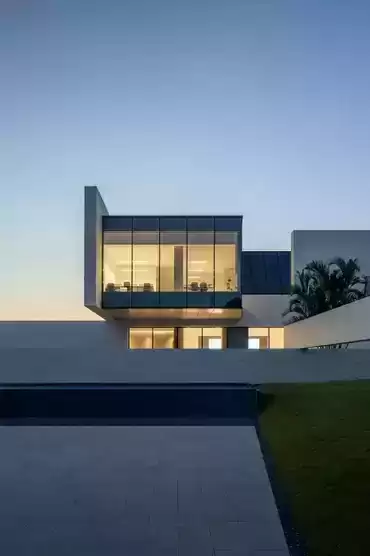Through advanced technology and development in architecture, we are given the ability to think and communicate our ideas a little differently than students graduating from modern architecture programs. So let’s get right into it, in this article we will discuss a few tips and techniques that can help you improve your architectural sketches.
Tip #1: Use the Hit-Go-Hit technique
The “Hit-Go-Hit” tip is very helpful when sketching architectural drawings, it can be described as a way for you to pick up your pen and set it back on the paper while you draw in a purposeful way. You may be still wondering why you would need to do such a thing. Well, tip #2 will explain a little more, but when you draw a straight line, you will often find that you need to reposition your arm or the paper to continue drawing. Make the reset look intentional and add some graphic flair with this technique. If you use this “Hit-Go-Hit” technique, you will find that your straight lines will actually become straighter and a lot more accurate. It is interesting to see the difference between the architectural sketches drawn with straight lines and the ones that are not; it definitely makes a significant impact on the accuracy of the sketch and its overall quality.
Tip #2: Do not move the pencil or pen by bending your wrist or elbow
As an architect or a designer, you should never ‘push’ the pencil or pen you are using across the page; you should always try to ‘pull’ it. The best thing to do is to lock your wrist and elbow at a convenient angle and move your entire arm only when drawing the architectural sketch. As you become more skilled and gain more experience, this edge can be loosened and you can first bend your elbow and eventually your wrist. At first, by limiting the movement of your entire arm, you will end up with straighter lines. Thus, since you can only move your arm so far, that is when the “Hit-Go-Hit” technology comes into play. Utilizing this technique can definitely help you draw more accurate architectural sketches with straight lines.
Tip #3: Incorporate the use of pen weight
This technique is great; all you have to do is to use line weight to help impart depth to your drawing. More talented painters are interested in depth with apertures and shading techniques, so eventually you can do this. In the meantime, use a couple of pens and get some profile lines into your drawing. Another advantage of using a heavy pen is that it can help you show what you should be looking at and what the point of the diagram is. The multiple weights of the stylus help the viewer to understand the order of things within the drawing, and with proper technique, they can also show what is not important in the viewer’s diagram.
Using those tips, your architectural sketches will be more accurate.



